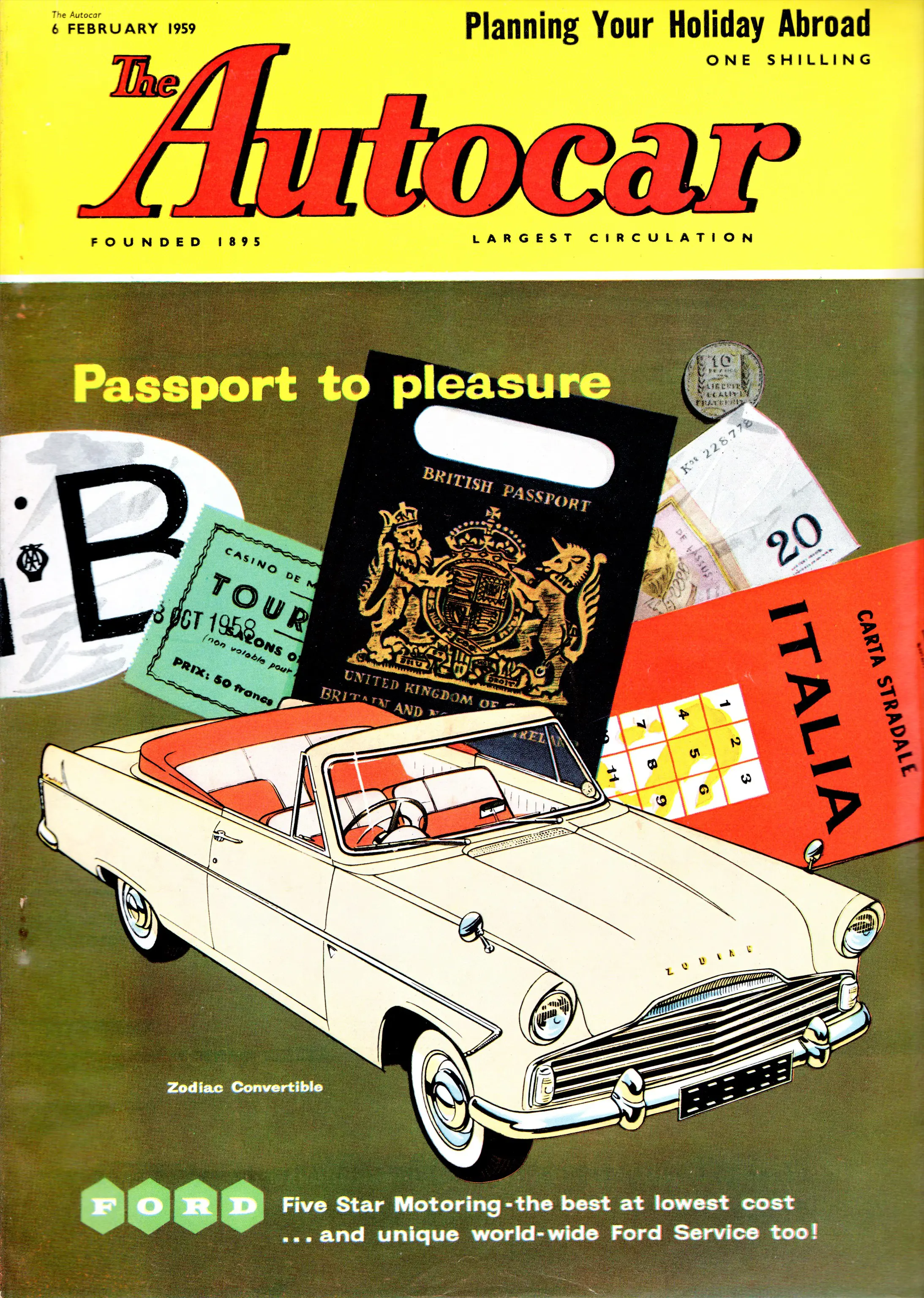MY IDEAL SUMMER CONVERTIBLE
13 July 2022
As summer is finally with us, thoughts turn to the familiar pastimes –picnics with exploding bottles of diet ginger ale, wasps that sound like an irate John Lydon, and convertible motoring. My criteria for the last-named are that it must be a fully open-topped car and be able to accommodate four adults plausibly. The former would rule out a Ford Capri 3000E Mk. I with an aftermarket Webasto roof, and equally regretfully, “Traditional British Sports Cars”. The likes of the Daimler SP250 and the Sunbeam Alpine have a vestigial rear seat, but it is barely suitable for children.
Similarly, I do speak from some experience when I state that a 1966 TR4A is not the ideal transport for a family of four. You will be able to read A Broken-Down Triumph Sports Car at Four in The Morning: The Joys of a Swanage Holiday in 1975 in a later blog. This was in addition to the memorably uncomfortable journey from Southampton to Dorset. However, an obvious Canley product fulfils my criteria - the Stag. To quote Triumph’s Director of Engineering, Harry Webster – “It was aimed at the ‘young executive’, someone who’d gone through the motorbike/sports car/family and family saloon, and who wanted something different, something sporty but with creature comforts”.

The result certainly lived up to those ambitions in addition to guest-starring in Dracula AD 1972, one of my favourite bad horror films of all time. Yet, there remains the issue of the fuel bills, and so my mind turns to the many tempting dropheads cleverly devised by Crayford – especially the 1966 ‘Heinz’ Wolseley Hornet. The Westerham firm made just 57 (of course) examples as prizes for a nationwide competition. The specification included rear insulated ‘cool boxes’, a push-button radio, and a makeup tray containing the finest Max Factor cosmetics. Better still, there is an electric kettle powered from a socket in the boot, a fully-stocked Breton picnic hamper (complete with a vacuum flask), and even a tartan rug.
Alternatively, there is the sheer glamour that is the Zodiac Mk. II Convertible. As a 1950s throwback who believes that skiffle will one day make a come-back, I am sorely tempted by the Ford with whitewall tyres and a semi-power-operated top while fitting an aftermarket CD player would be essential. However, most readers will probably agree there is little point in purchasing such a machine unless you can play Rock With The Caveman by Tommy Steele and The Steelmen or Brand New Cadillac by Vince Taylor and The Playboys as you head along the A32.
A further option would be a four-door drophead, although a James Young bodied Rolls—Royce Silver Cloud might be a tad on the expensive side. The fourth-generation Lincoln Continental is also not inexpensive, and nor is the quite magnificent Mercedes-Benz 300 ‘Adenauer’ Cabriolet, which would inevitably sell at an equally magnificent price. There is always the delightful Visa Cabriolet devised by Heuliez but Citroën sold only 2,633 examples, and sourcing one in the UK would prove an entertaining challenge.
And so, my choice – one that combines practicality, style, and four doors – is one of the most unusual Volkswagens of the 1970s. In 1974 the company’s Mexican plant had a cancelled order for the 182, the RHD version of the 181. The solution was to despatch them to the UK, where the concessionaire rebranded them as the ‘Trekker’. Surprisingly there were few customers, despite the reasonable price of £1,996, as the VW is a remarkable vehicle. A dealer might reasonably ask, who could resist an open-topped four-seater with a folding windscreen and detachable doors? As it transpired, Volkswagen GB sold only 71 examples, so my long quest starts here. In the meantime, a Zodiac Convertible will more than suffice – especially when accompanied by the sounds of Billy Fury and Marty Wilde…
